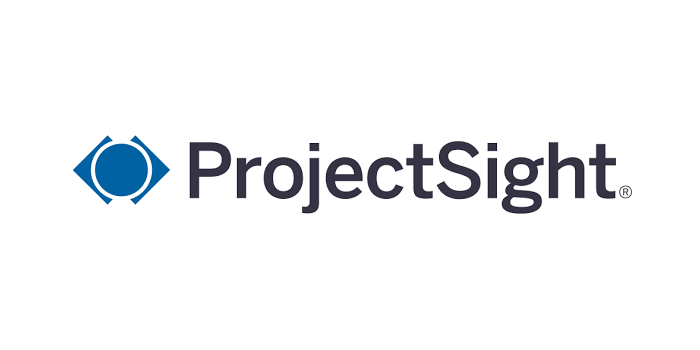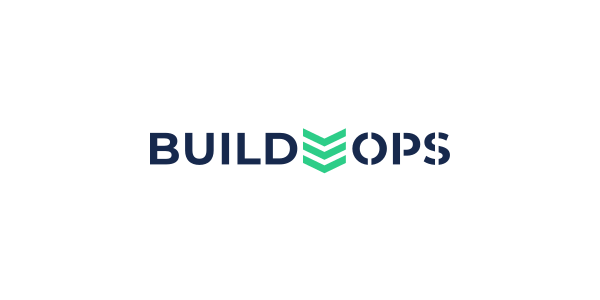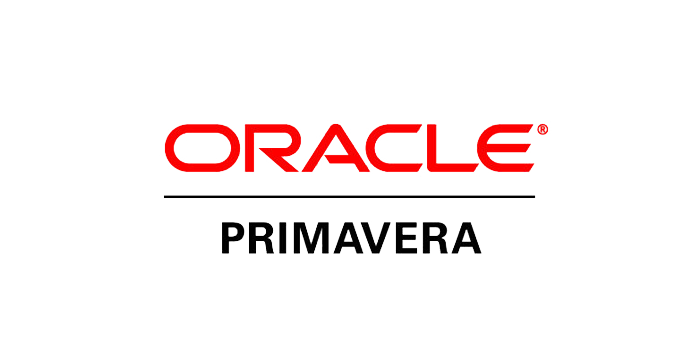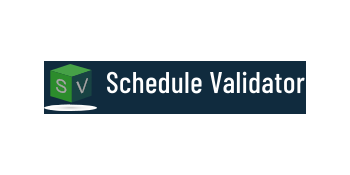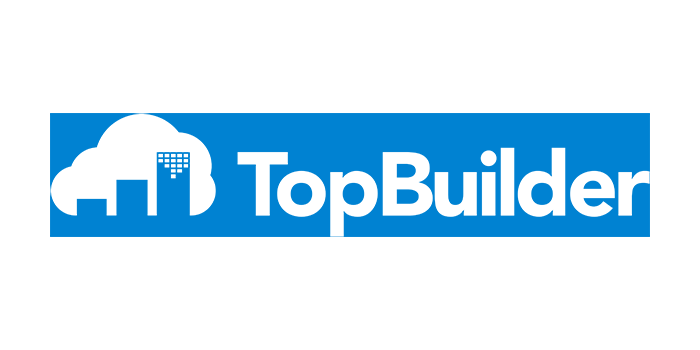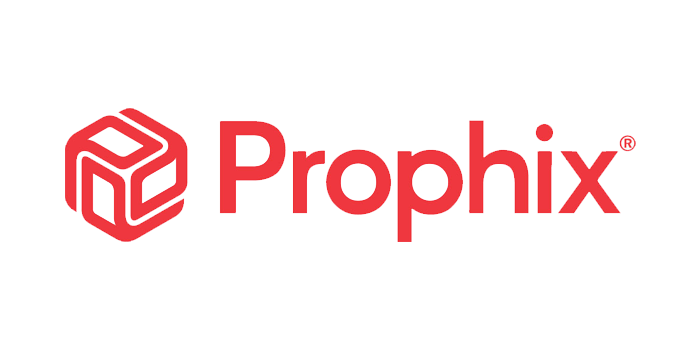How susceptible is the CEO’s reputation to poor performance across the project portfolio? What impact can delivery failures have on the executive board, and what are the challenges they face to introducing greater accountability?
These are the central questions behind Oracle's research report In the Firing Line, which examines how a lack of operational visibility, allied to the inherent risks that accompany any large capital investment, can have a direct impact on bottom line results – and by extension the career prospects of senior executives.
Mixing real world examples with practical advice, the report also details the capabilities needed by boards to increase their confidence in the overall health of the portfolio, and maintain the strategic agility to redeploy assets in response to any unexpected emergencies without impacting business as normal.
Introduction
What are the primary measurements for rating CEO performance? For corporate boards, business analysts, investors, and the trade press the metrics they deploy are relatively binary in nature; what is being done to generate earnings, and what is being done to build and sustain high performance?
As for the market, interest is primarily aroused when operational and financial performance falls outside planned commitments for the year. When organisations announce better than predicted results, they usually experience an immediate increase in share price. Likewise, poor results have an obviously negative impact on the share price and impact the role and tenure of the incumbent CEO.
This highlights how accountable CEOs are for performance, and the spotlight is getting brighter as CEO turnover rates continue to rise. According to the latest CEO Succession report into 2,500 of the world’s largest publicly held companies by the analyst firm Booz & Company, a higher proportion of Chief Executives are staying in office than was recorded in 2009, but ‘rates of CEO turnover are still much higher in general than they were in the 1990s, and the pressure on performance remains as great as ever.’ The report states that the average tenure of a holding company CEO was 6.6 years in 2010 compared to 8.1 in 2000, amid the fervent pressure applied by investors who still feel entitled to double-digit growth despite the economic downturn. The tenures for more operationally involved executives are even shorter, falling to an average of 4.9 years, with a far higher chance of departure inside the first four years. These findings suggest that CEOs are ‘finding the demands of the job more pressing than their predecessors did.’
Nowhere is this more pronounced than in project-intensive industries, where the ability to deliver complex, lengthy projects representing huge capital investments defines success. Projects are not just the delivery of a product or service to a customer inside a predetermined schedule; they form a contractual obligation to shareholders and stakeholders alike. This is why the number one reason for executive downfall is ‘failure to execute’. Hence the intimate connection between executives and projects, with the latter providing CEOs with the platform to demonstrate that their organisation has the capabilities and competencies needed to meet and, whenever possible, exceed their customer commitments.
The opposite is also equally true – projects need executive sponsors – particularly as the scope of project portfolios has expanded in recent years to the point where success is almost always beyond the sole control of those running individual projects. Execution is highly dependent on the availability of a range of resources that are typically not under the direct control of any one project delivery team. These dependencies, which are essential for execution and delivery within the portfolio, are less often in the domain of the delivery function and more often in the domain of the executive.
Accountability snapshot: Cost blow outs – Brookfield Multiplex: When Wembley Stadium finally opened in March 2007, total construction costs, initially assessed as £326.5 million, had risen to £900 million causing the prime contractor Brookfield Multiplex to absorb huge losses on a fixed price contract worth £445 million. Difficulties with the redevelopment of the 90,000 seat stadium prompted the resignation of the company’s founder and executive chairman John Roberts as the group blamed ‘cost blow outs’ for the spiralling cost of the stadium. In outlining a case to sue both the engineering consultants behind the project and the steelwork contractor, Brookfield Multiplex claimed there were at least 11,000 changes to the original drawings, and that initial designs were ‘not correct, constructable, coordinated and consistent.’
The danger for the CEO is that the risk of failure is ever present, ranging from manufacturing delays and supply chain issues to labour shortages and scope creep. This risk is enhanced by the involvement of secondary suppliers providing services critical to overall work schedules, and magnified further across a portfolio of programmes and projects underway at any one time – and all set within a global context. All can impact planned return on investment and have an inevitable impact on the share price – the primary empirical measure of day-to-day performance.
Such operational failures point to poor strategic control of business operations, failure of the strategic plan, and a lack of tactical agility to respond effectively to changing market conditions. Any significant failure within the extended portfolio, with the resulting potential to impact shareholder returns, therefore creates uncertainty of the CEO’s strategic vision at board level. “When uncertainty over CEO talent increases relative to other sources of variability, firm performance becomes relatively more diagnostic about CEO talent, increasing the board’s ability to detect low talent incumbents and exercise their firing option when warranted.”


